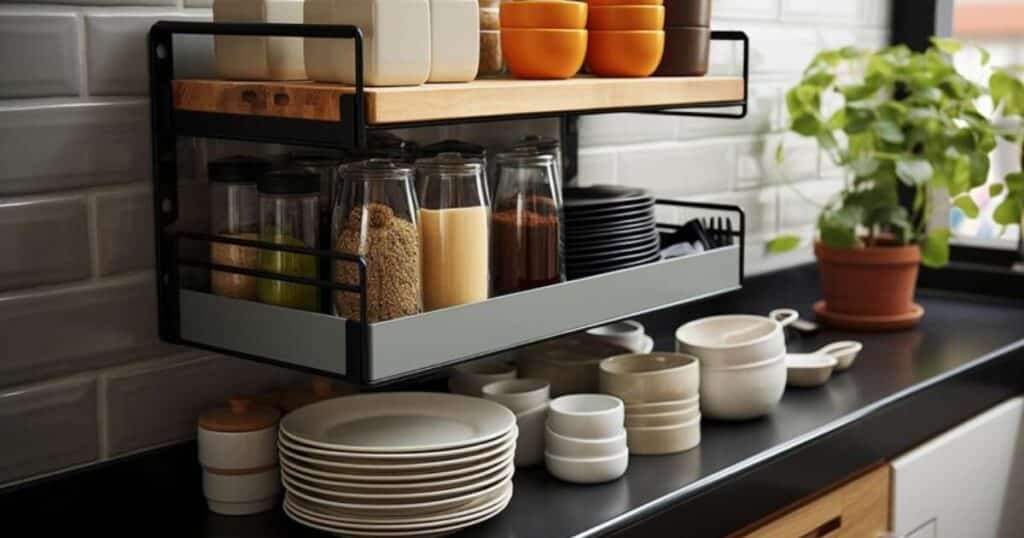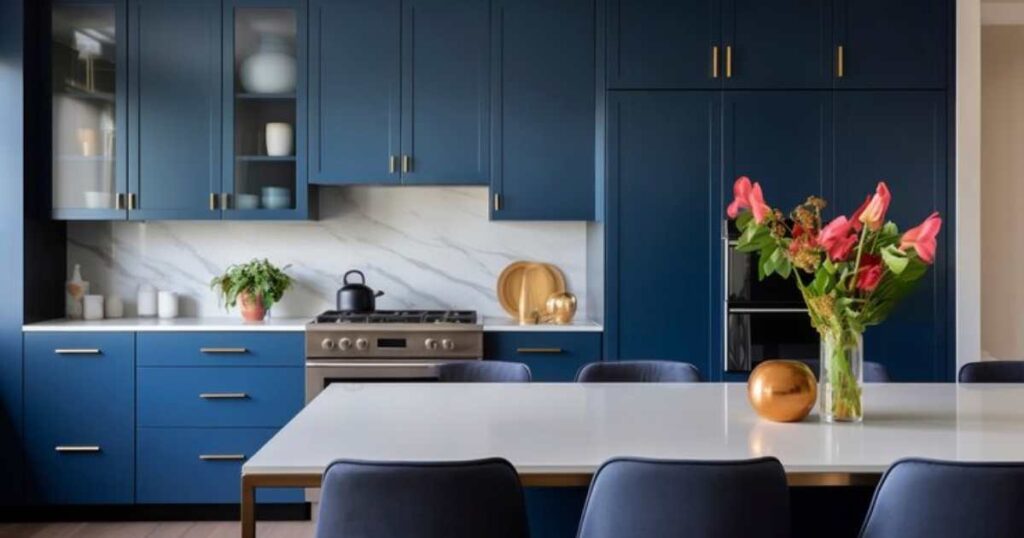Coming home to a cluttered, disorganized kitchen is never pleasant. Rummaging through overcrowded cabinets becomes frustrating.
It can instantly put a damper on your mood. Searching for what you need makes cooking feel like a chore. However, with some smart strategies, you can transform your kitchen cabinets.
They can become a well-oiled machine. This boosts your efficiency. It also reduces stress. This comprehensive guide will show you how you’ll learn to organize your kitchen cabinets like a pro.
Start by Purging Unused Items
The first step in organizing any space is to declutter. For your kitchen cabinets, take everything out and place it on a clear surface or the countertops.
Go through each item and ask yourself:
- When was the last time I used this?
- Do I have duplicates of this item?
- Is this item damaged, expired or no longer serving its purpose?
Be ruthless in this process. Toss any expired foods, chipped or cracked dishes and anything you haven’t used in over a year.
If you have multiples of the same item, keep only what you need. Donate or sell the rest. This purging process declutters your cabinets.
It gives you a fresh start. Organize everything in a way that makes sense for your needs.
Sort Items by Category

With the remaining items, sort them into categories.
This could include:
- Pots and pans
- Baking supplies (mixing bowls, baking dishes etc.)
- Snacks and non-perishable foods
- Dinnerware (plates, bowls, cups)
- Glassware
- Small appliances
- Utensils
- Storage containers
- Spices and seasonings
Grouping like items together makes finding what you need easier. It ensures everything has a designated home. Invest in clear bins, turntables, and labeled containers.
These items help keep categories organized and visible within your cabinets.
Organize Cabinets by Zones
Now that you have your items sorted, it’s time to designate specific zones within your cabinets. This zoning strategy not only keeps things organized but also maximizes efficiency in your kitchen workflow.
1: Daily Use Items
- This zone should be easily accessible typically at eye level or slightly below.
- Store items you use every day, such as dishes, glasses and frequently used pots and pans.
2: Foods and Seasonings
- Dedicate a cabinet or two to non-perishable foods, spices and other pantry items.
- Consider using door racks or lazy susans to make these items easily visible and accessible.
3: Appliances and Cookware
- Larger items such as stand mixers and blenders can be stored. Less frequently used cookware can also find a place.
- They can be placed in harder-to-reach areas. Alternatively, on top of cabinets is an option if necessary.
By zoning your cabinets this way, you’ll create a natural workflow in your kitchen, reducing the time and effort spent searching for what you need.
The Golden Triangle
When arranging your cabinet zones, remember the “golden triangle” concept. The principle emphasizes the three main work areas: the sink, refrigerator, and stove.
They should form a triangle. No leg of the triangle should be more than 9 feet. This setup minimizes unnecessary steps during food preparation.
In this layout, the most frequently used items (dishes, utensils, and cookware) are within the golden triangle, ensuring a smooth workflow between the three main work areas.
Clever Storage Hacks for Cabinets
Once you’ve designated your zones, it’s time to get creative with storage solutions that will keep everything organized and easily accessible.
Here are some clever hacks to try:
- Door Racks: Install racks on the inside of cabinet doors to store spices, wraps, lids, or other small items.
- Pullout Shelves: These make it easy to access items stored in the back of deep cabinets.
- Lazy Susans: Rotate to find what you need without having to move everything around.
- Vertical Dish Storage: Stack plates and bowls vertically using plate holders or dish racks to maximize space.
- Lid Holders: Keep pot and pan lids organized and visible with dedicated lid holders or racks.
- Hanging Storage Racks: Mount racks or railing systems on the inside of cabinet doors or walls to hang utensils, mugs, or other items.
Don’t be afraid to get creative and customize your storage solutions to fit your specific needs and cabinet sizes.
Also Read This Post:
Maintaining an Organized Kitchen
Organizing your kitchen cabinets is not a one-and-done task. To maintain this newfound order. You’ll need to develop some habits and routines.
Schedule Regular Decluttering Sessions
Set a reminder to go through your cabinets every few months and purge any items you haven’t used. This will prevent clutter from building up again.
Return Items to Their Proper Zones
After cooking or using items from your cabinets, make it a habit to return them to their designated zones immediately. This will prevent misplaced items and maintain the organization you’ve worked hard to establish.
Adjust as Your Needs Change
Your kitchen habits and needs may evolve over time. Don’t be afraid to rearrange your cabinet zones or storage solutions as necessary. The key is to create a system that works for your current lifestyle.
Final Thoughts
By following these tips, you’ll not only conquer the clutter in your kitchen cabinets but also create a more efficient and enjoyable cooking experience.
Remember, an organized kitchen is a happy kitchen! So take the time to purge, sort, zone, and hack your way to cabinet bliss. Your future self will thank you every time you step into your streamlined stress-free kitchen.







